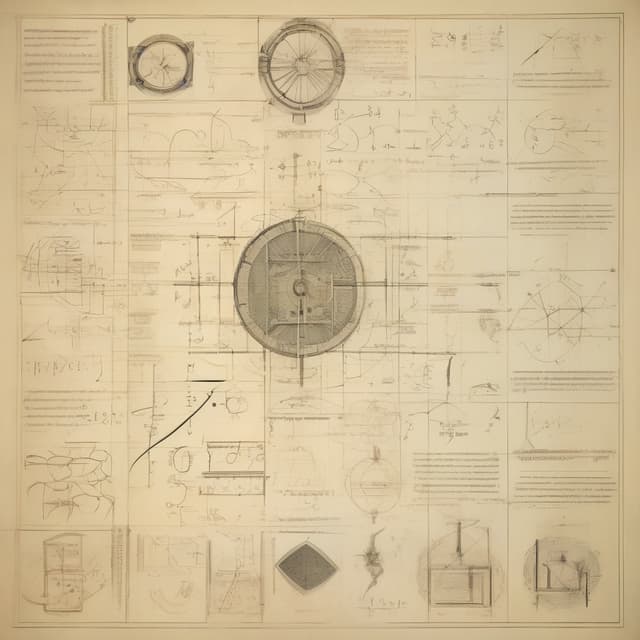
| Key Figures | |
| Theoretical Focus | Combinatorics • Number theory • Information-based approaches |
| Rise of Mechanized Computation | Occurred earlier, profoundly shaping the field |
| Relationship to Physical Sciences | Remained more closely intertwined |
Mathematics in this alternate timeline has developed along markedly different theoretical paths compared to the discipline's evolution in our own world. While sharing certain core concepts and techniques, the mathematics of this reality has been shaped by divergent intellectual currents, key figures, and interactions with the physical sciences.
The foundations of mathematics in this timeline were laid by thinkers who made quite distinct contributions from those we know. For instance, the influential German polymath Gottfried Wilhelm Leibniz, rather than developing calculus, focused his efforts on pioneering work in combinatorics and number theory. His writings on the "universal calculus" emphasized the manipulation of symbols, presaging later developments in information theory and cybernetics.
Similarly, the epochal breakthroughs of Isaac Newton, the father of classical mechanics, never occurred here. Instead, advances in areas like optics, acoustics, and thermodynamics drove much of the early mathematical progress, as theorists sought to model physical phenomena through numerical and geometric means.
As a result, core areas like algebra and analysis emerged more slowly, with less emphasis on the highly abstract structures that came to dominate in our timeline. Prominent 18th and 19th century mathematicians like Leonhard Euler, Carl Friedrich Gauss, and Évariste Galois made substantially different contributions, often grounded more in the empirical sciences than in pure mathematics.
The 20th century saw a dramatic acceleration in the development of mathematics in this alternate reality, driven by breakthroughs in mechanized computation and information processing. The work of pioneers like Charles Babbage and Alan Turing led to the emergence of powerful calculating machines and the algorithmic manipulation of data much earlier than in our own timeline.
This early embrace of computational techniques profoundly shaped mathematical priorities and methods. Rather than the rigorous axiomatization and abstraction that characterized 20th century math in our world, theorists here focused extensively on problems of combinatorics, algorithm design, and the efficient encoding and processing of information.
Disciplines like game theory, complexity theory, and cryptography rose to prominence, often in close collaboration with the physical and engineering sciences. Thinkers in this timeline delved deeply into the mathematical underpinnings of phenomena like quantum mechanics, thermodynamics, and cybernetics - areas that remained more peripheral to pure mathematics in our own history.
The mathematics of this alternate reality, with its distinct theoretical emphases and close ties to the empirical sciences, has had a major impact on technology, the natural sciences, and even the social sciences and humanities. Advances in areas like information theory, decision theory, and dynamical systems have enabled powerful new modes of modeling, prediction, and control.
At the same time, the relative absence of certain mathematical subdisciplines - such as abstract algebra, real analysis, and point-set topology - has meant that some areas of scientific and philosophical thought developed quite differently. Fundamental concepts in fields like physics, computer science, and even economics bear the imprint of this alternative mathematical heritage.
While still a vibrant and consequential field of human knowledge, the mathematics of this timeline has continued to evolve along a markedly divergent path from our own. Its unique history, priorities, and areas of emphasis underscore the contingency inherent in the development of even the most foundational branches of science.